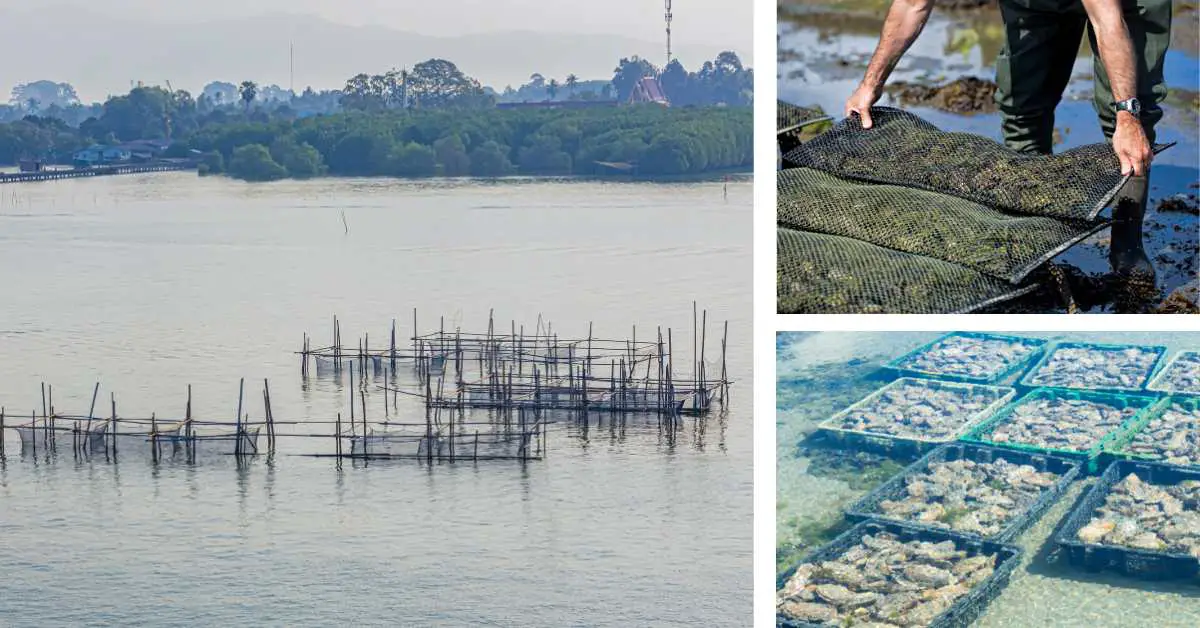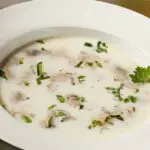Oysters are a tasty food that many people love. These salty bivalves are enriched with healthy nutrient-rich foods including high amounts of copper and are often called aphrodisiacs. Zinc boosts the sexual drive while improving immunity as well. Oysters are grown or harvested from nature, but this raises questions about which is healthier. In this article, we’re talking about different forms to help you see where it goes. Tell me the first part of the story.

Try these tips to enjoy oysters best!
We are still in glorious “R” months, between September and April. They are the best time for Chesapeake Bay oysters in their silky brine in their half shells.
Harvested locally, shucked fresh, and served raw oysters represent a Chesapeake cuisine which exists since the earliest humans inhabited the water’s edge.
In recent years, however, Chesapeake oyster stocks have undergone some changes. Native oyster populations suffered the devastating effect of diseases in 1980 / the 1990s.
In response, Virginia and Maryland adopted 2 new initiatives aimed at aiding the declining stocks: intensive oyster cultivation and oyster sanctuaries.
➡️You may be interested in a recent, Are oysters an aphrodisiac?
Local
These terms are broad. Local means everything from being “caught 100 yards from a restaurant” or being “hundreds of miles away”.
All shellfish in the US are marked for identification when they were caught and where they were caught.
Locations are very important as oysters may often taste very different according to where they were harvested. Upper bay oysters are a bit sweeter, and mid-bay is layered with salty notes; in lower bay oysters a little salty is important so that locals are important!

Farmed
Unlike other seafood species that are low in quality or cause significant pollution during farming, oysters are beneficial to the environment, durable, and sometimes even better when cultivated on oyster farming.
The oysters grown on farms and the wild oysters of the Chesapeake have been similar to the wild oysters. They’re sterile and called “tripodes,” which increases resistance and speeds up their growth.
Many farmers raise specialized seafood oysters specifically for half-shell markets or raw bars and use deeper tanks to keep all the valuable liquor in the water in them.
➡️ See my recent article on Why Oysters and Champagne Go Together So Well.
Diver vs Wild
Wild oysters are a native, naturally-occurring oyster species, Crassostrea virginica. They are caught by watermen who use a few methods for their harvest — mainly dredging (triangular rakes with nets ). They can also be picked up along the shoreline during low tide conditions.
Diver oysters are harvested from deeper waters, by divers using scuba gear.

Farmed oysters
It is generally believed that farm-raised seafood can carry health risks for consumer health and affects our environment. Although this might be true with certain seafood, this generalization doesn’t hold true in the case of oysters.
As with all farm-raised or aquaculture products, the quality and sustainable differences can vary greatly between aquatic farming operations.
Some farm-raised oysters are raised in nature, outside in the wild. They grow in rivers, lakes, and bays which contain abundant algae.
In an effort to prevent them from being isolated from the surroundings, oyster farmers have built oyster cages. Some of these are equipped with tillage techniques.
➡️ If you like oysters, you will love my recent recipe Oysters Rockefeller With Creamy Spinach & Bacon. Give it a try!
Wild oysters
As the name implies, wild oysters grow and thrive in nature. Its oyster shells grow slower than those grown on farms, so they can harden more, which means they have more room for more meat to grow.
Wild or native oysters may contain a little extra meat. In addition, these oysters do not have uniform shells and can seem rough on the edges, when compared to a farm-raised.
Although oysters still have many of the same natural characteristics as those of farms, the pollution of the ocean makes them very vulnerable to infection.
Wild oysters are extremely effective at removing nitrogen from waterways. Sediment and nitrogen cause fisheries problems in Bay waters. Oysters are able to filter these pollutants by consuming them or molding them into small packets which are left on the bottom of the water body.
Tell me the best way to eat them.
Traditionally, they are eaten raw straight out of the shell and slurped. Oysters served on the half-shell are very popular at “raw bars”.
Oysters can be prepared in a number of delectable ways, with oyster stew with potatoes and single-fried oysters being just a couple of favorites.
Recent research suggests that this is unsafe for some types of bacteria, one of those is Vivio vulnificus. These organisms are able to easily get into coastal waters of oyster habitats, and the bacterial organisms can be caught by filtering the water. The contaminated oyster can lead to serious diseases if eaten by humans.
For these reasons, it is often recommended to consume oysters fried or baked.
FAQs

Claudia Faucher is a fitness trainer and lifestyle blogger, who recently started to pursue her other passions… Southern cooking and creating recipes.







